Figure 13.10 shows the effect of light on the rate of photosynthesis. Based on the graph, answer the following questions:
(a) At which point/s (A, B or C) in the curve is light a limiting factor?
(b) What could be the limiting factor/s in region A?
(c) What do C and D represent on the curve?

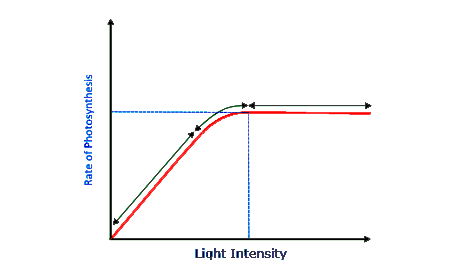
(a) Generally, light is not a limiting factor. It becomes a limiting factor for plants growing in shade or under tree canopies. In the given graph, light is a limiting factor at the point where photosynthesis is the minimum. The least value for photosynthesis is in region A. Hence, light is a limiting factor in this region.
(b) Light is a limiting factor in region A. Water, temperature, and the concentration of carbon dioxide could also be limiting factors in this region.
(c) Point D represents the optimum point and gives the light intensity at which the maximum photosynthesis is recorded. The rate of photosynthesis remains constant after this point, even though the intensity of light
Topper's Solved these Questions
Similar Questions
What do A, B ,C and D represent ?
 View Solution
View SolutionWhat do A, B, C and D represent?
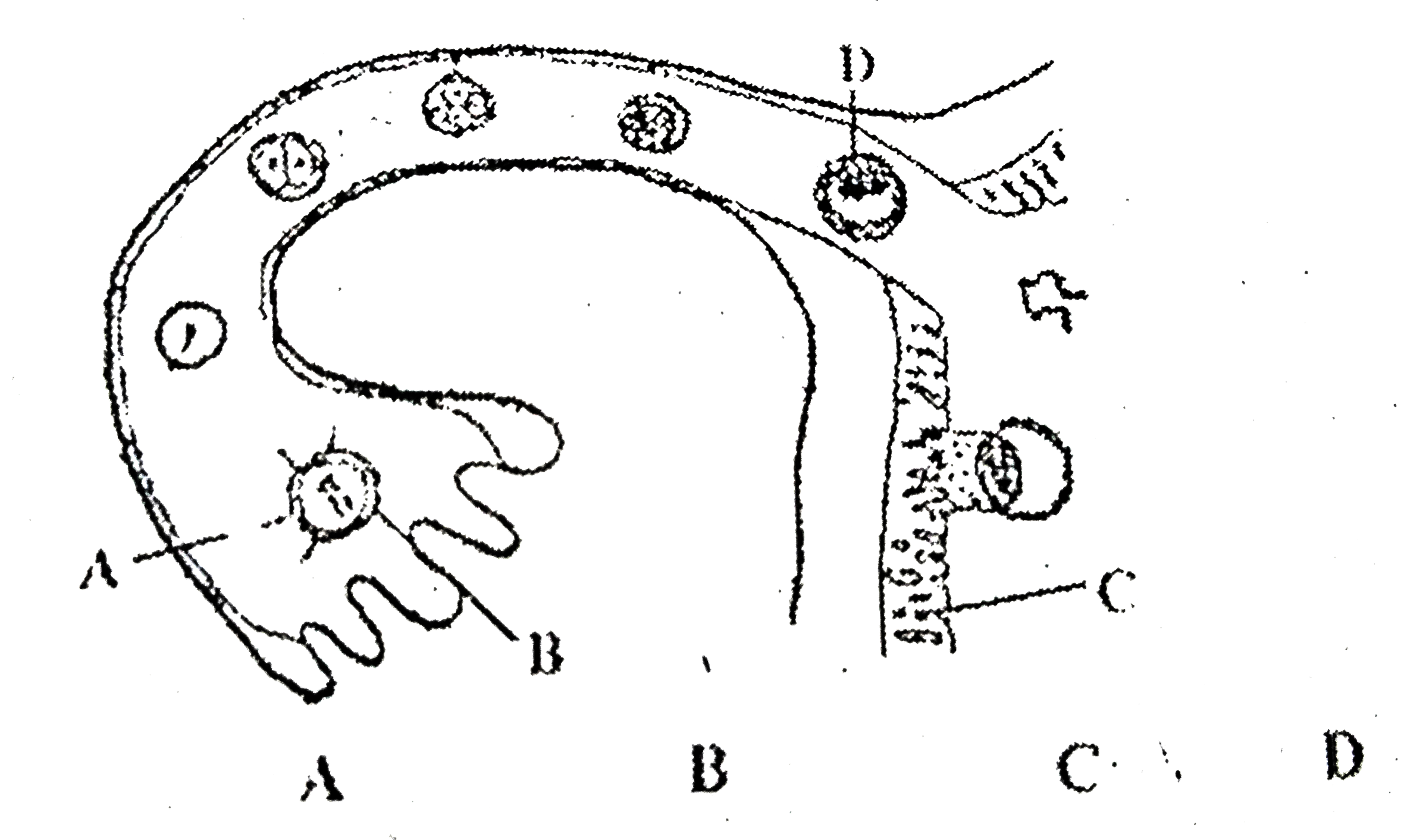 View Solution
View SolutionWhat do A, B, C, and D represent in the following figure.
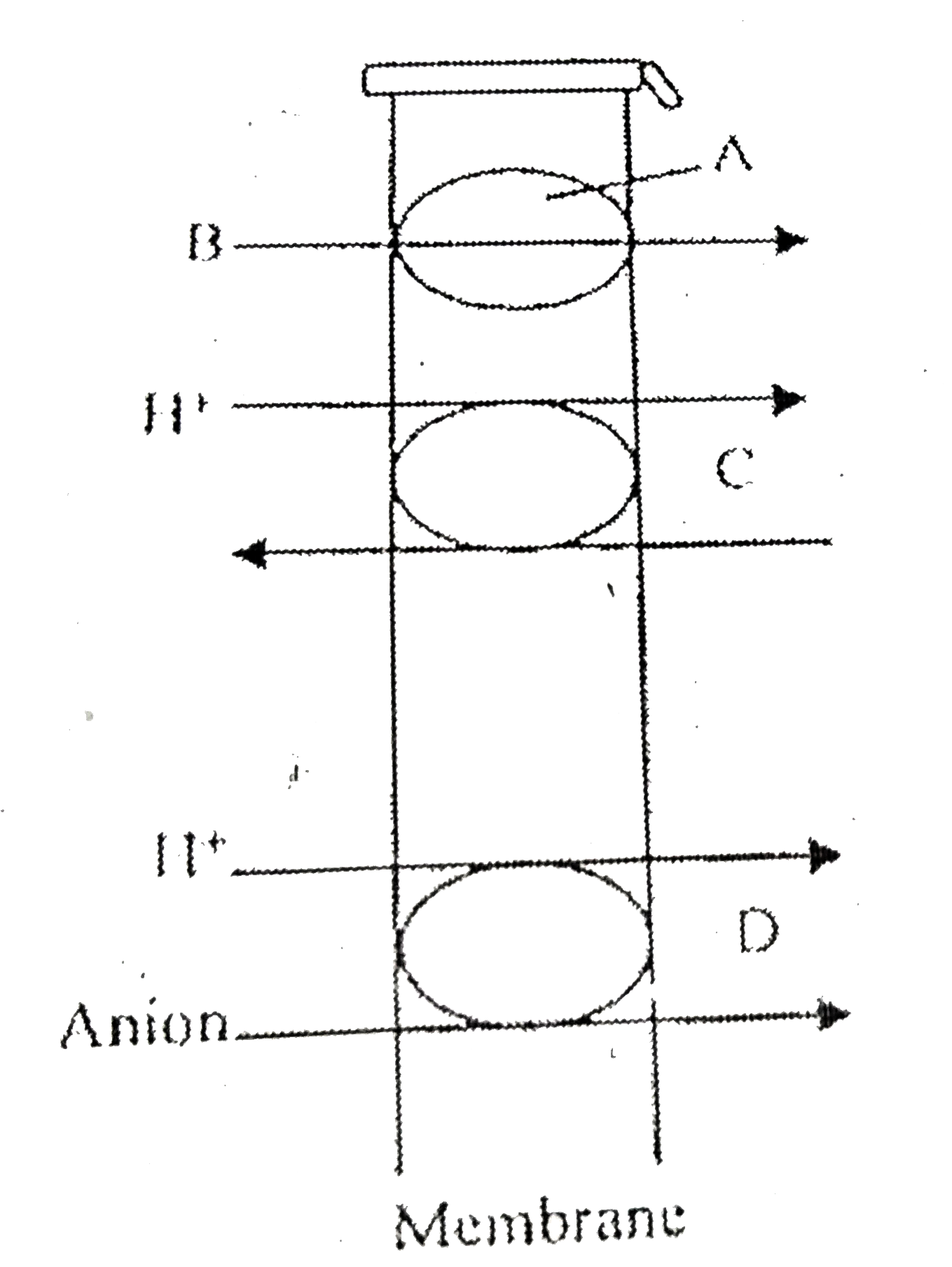 View Solution
View SolutionThe figure shows position time graph of two riders C and D. Based on the information represented by the graph, answer the following questions.
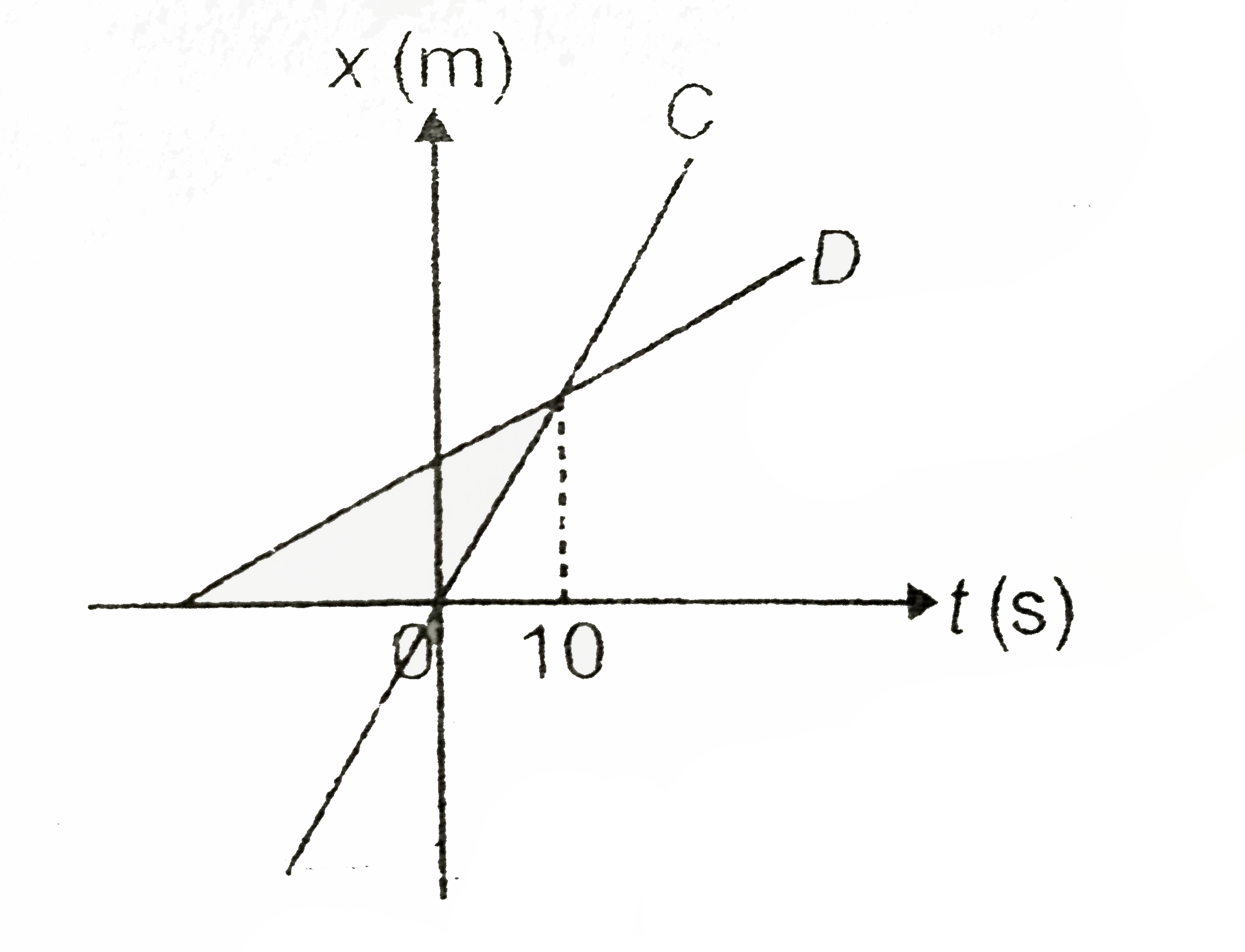
At t = 0 sView SolutionThe figure shows position time graph of two riders C and D. Based on the information represented by the graph, answer the following questions.
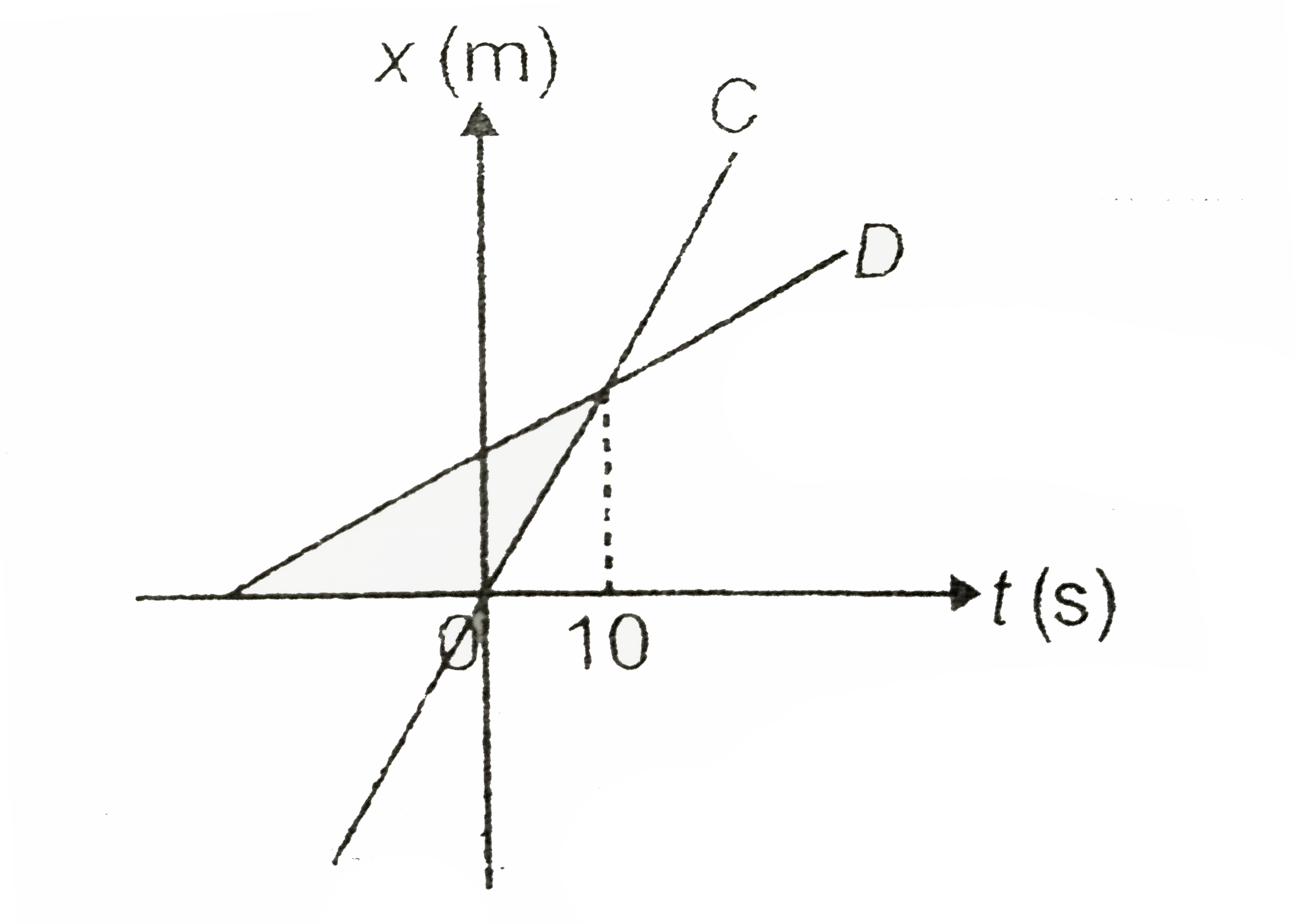
At t = 0 sView SolutionThe figure shows position time graph of two riders C and D. Based on the information represented by the graph, answer the following questions.

At t = 0 sView SolutionThe figure shows position time graph of two riders C and D. Based on the information represented by the graph, answer the following questions.
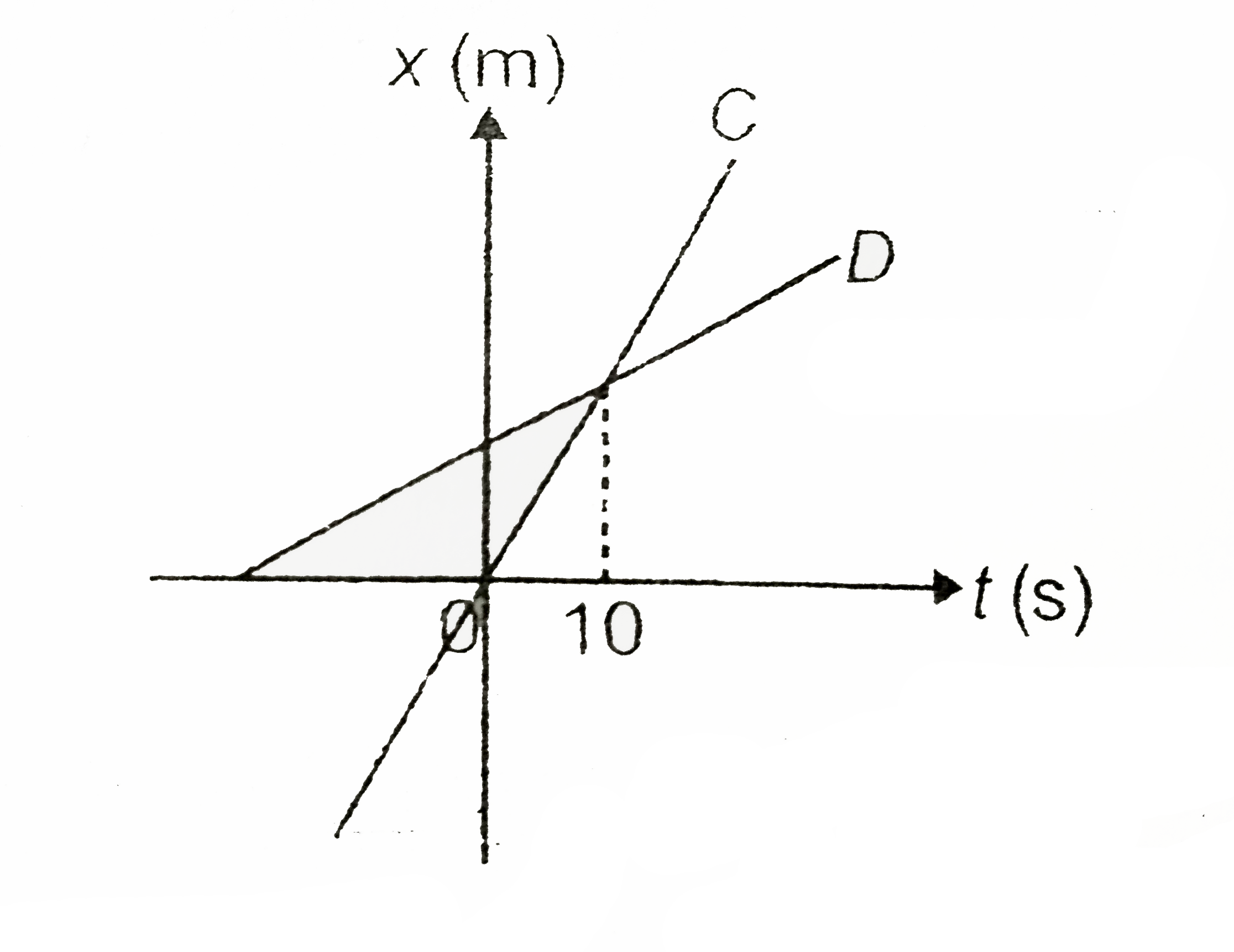
At t = 10 sView SolutionAnswer the following based on Fig. C .
(a) Which points lie in the interior of the angle ?
(b ) Which points lie in the exterior of the angle
 View Solution
View SolutionThe given figure shows L.S of the seed of maize. What do A, B, C and D represent?
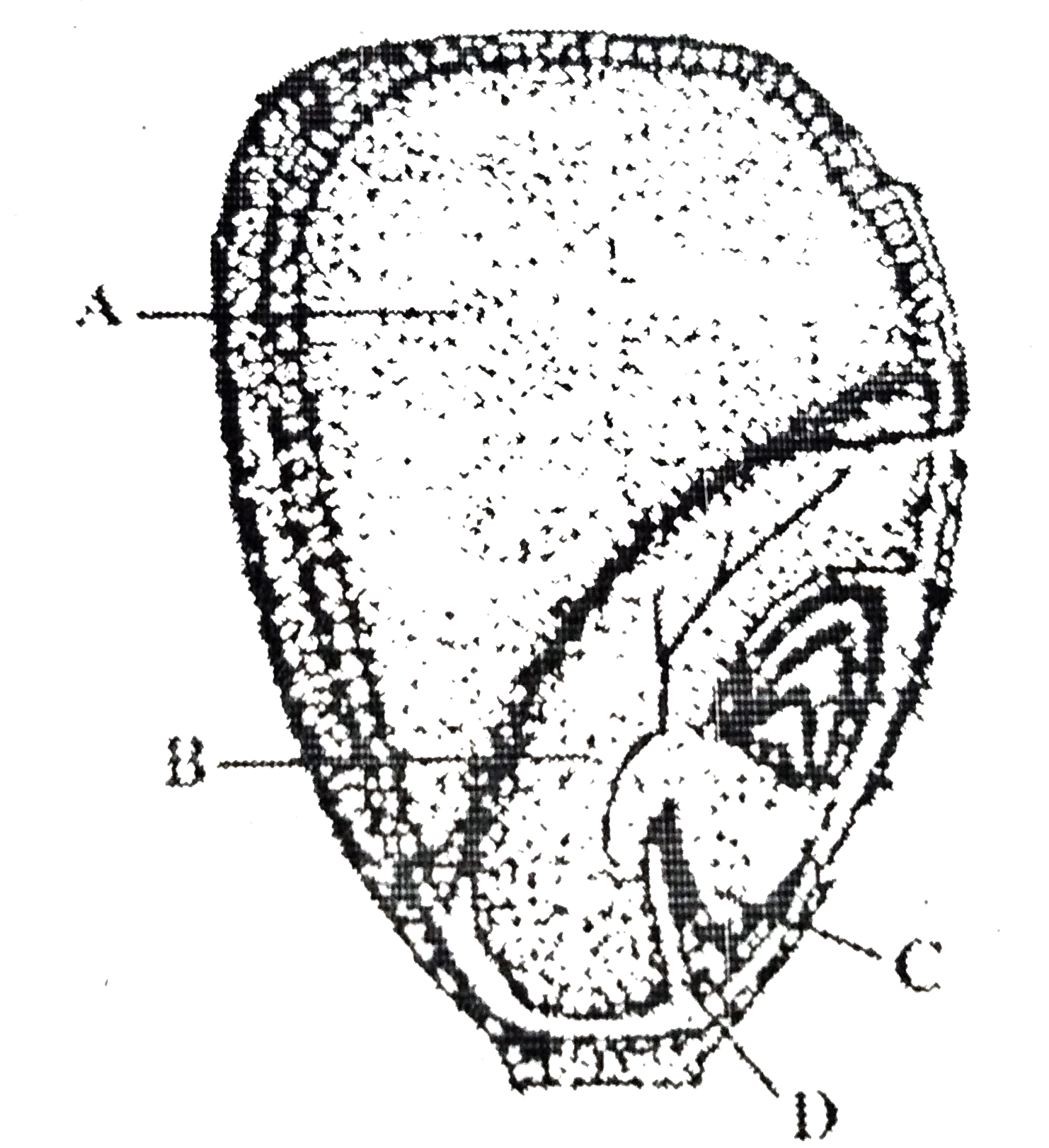 View Solution
View SolutionFor a general reaction A→B, plot of concentration of A vs time is given in figure. Answer the following questions on the basis of this graph.
(i) what is the order of the reaction?
(ii) What is the slope of the curve ?
(iii) What are the units of rate constant?
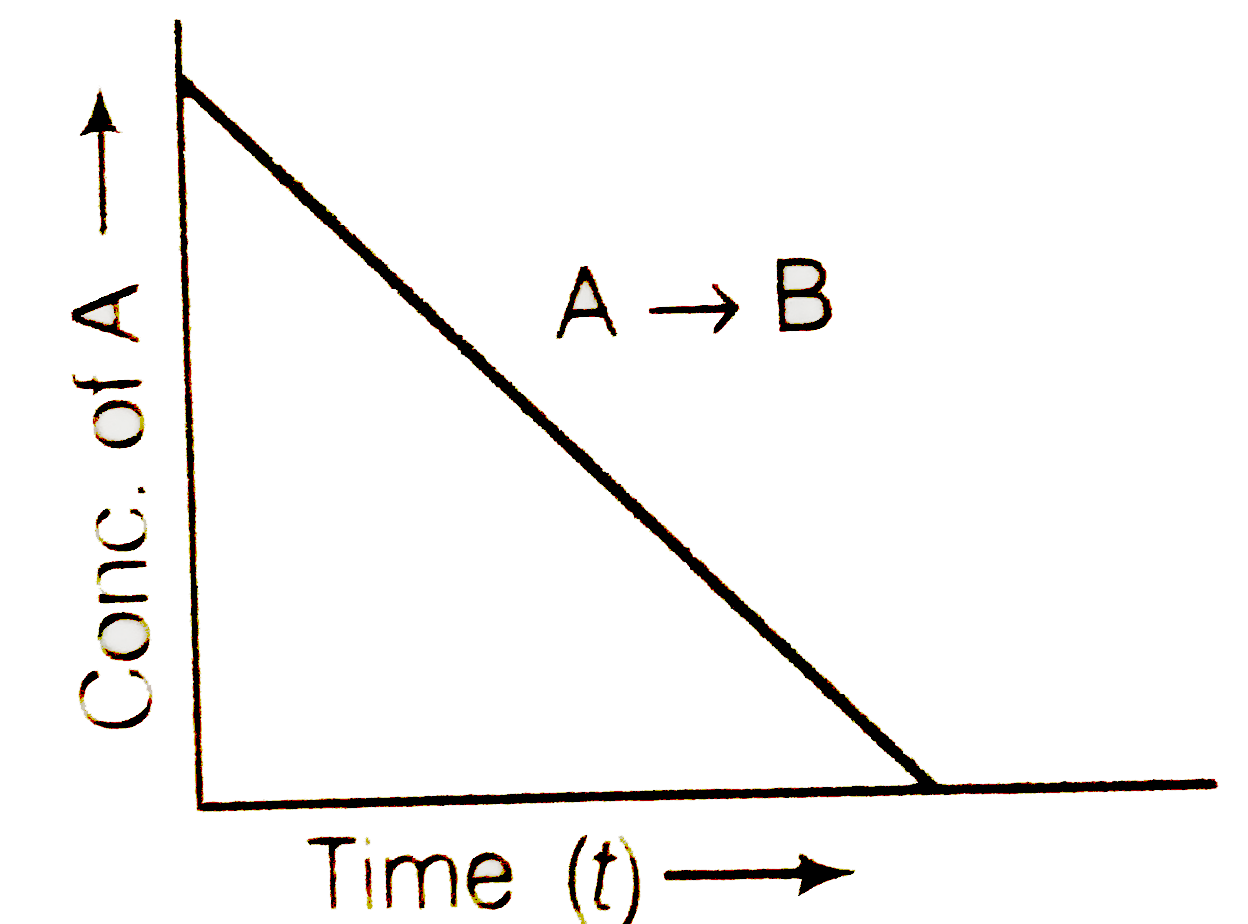 View Solution
View Solution

